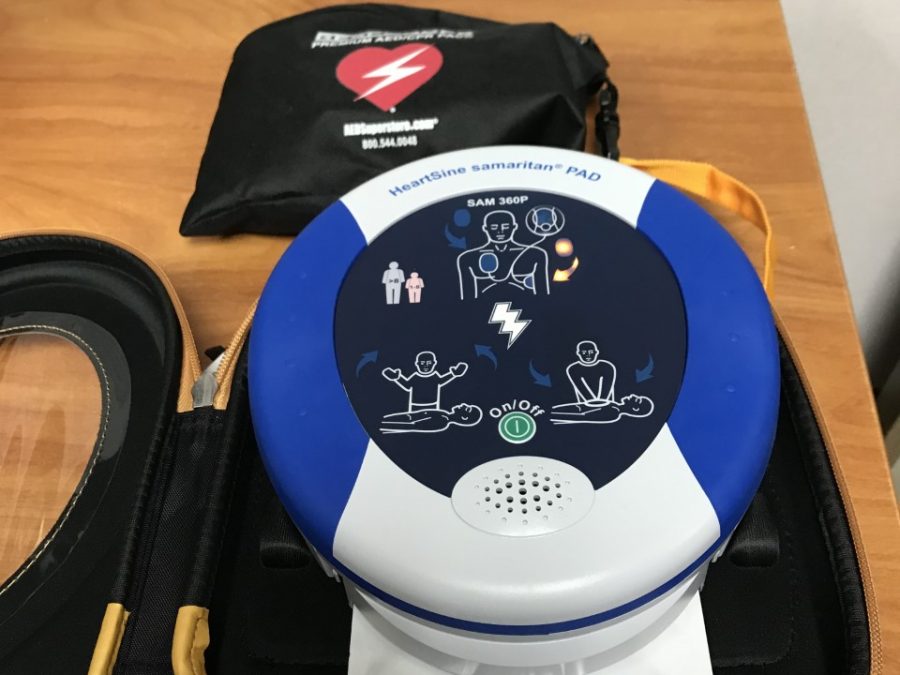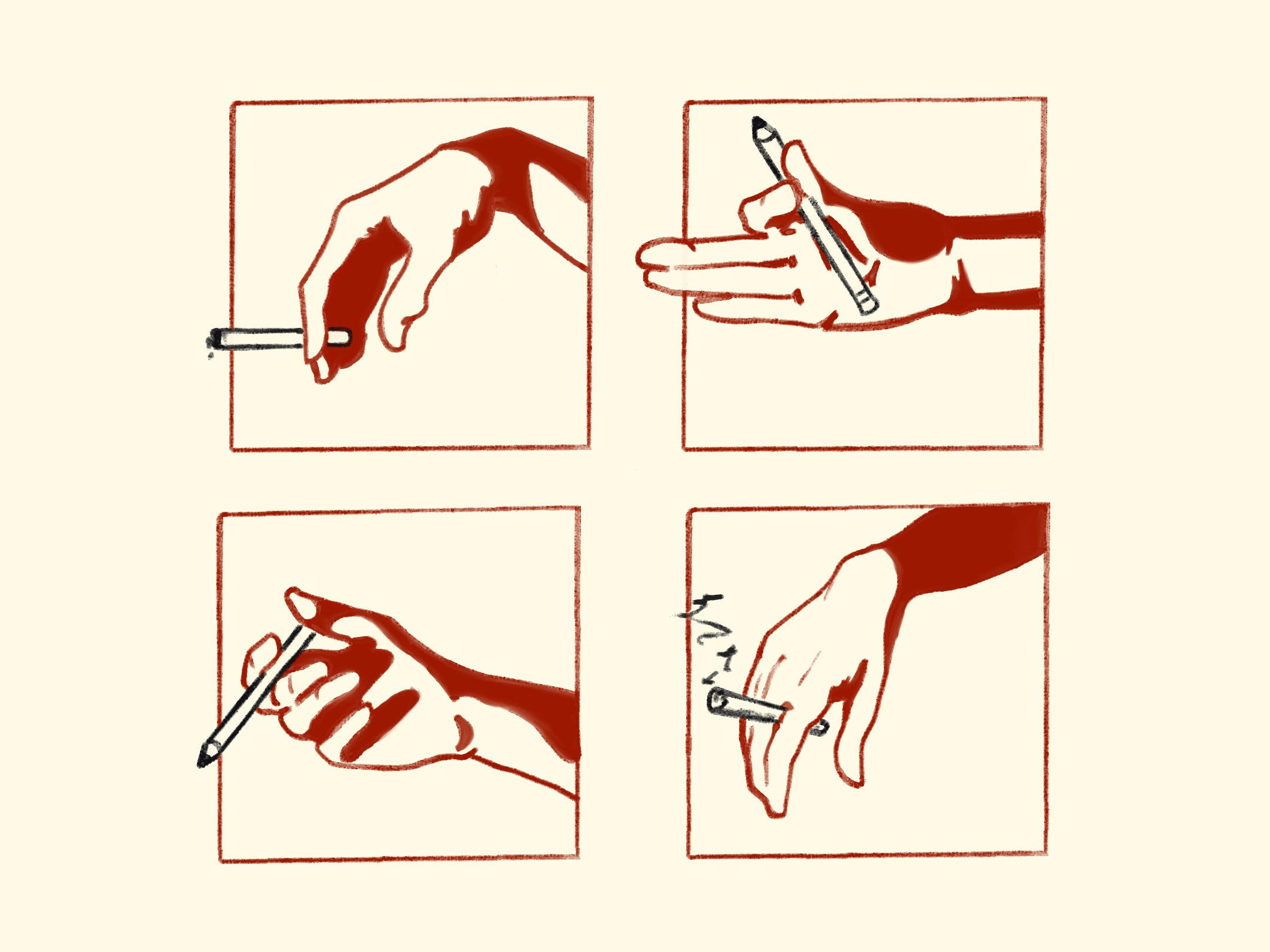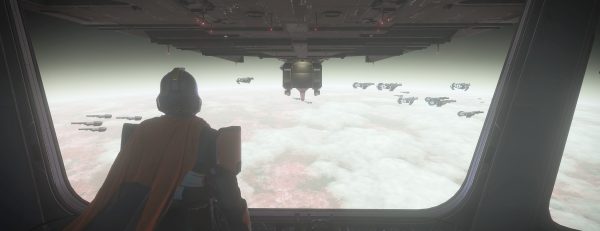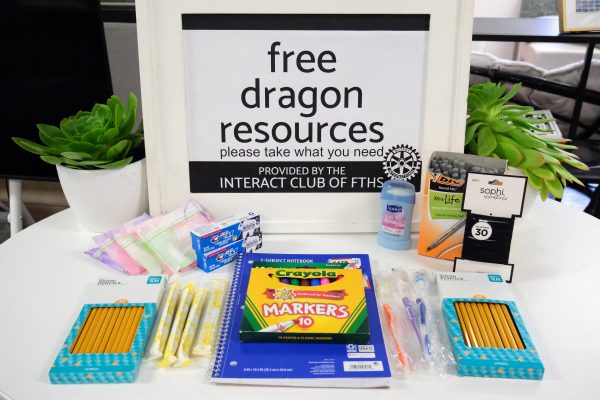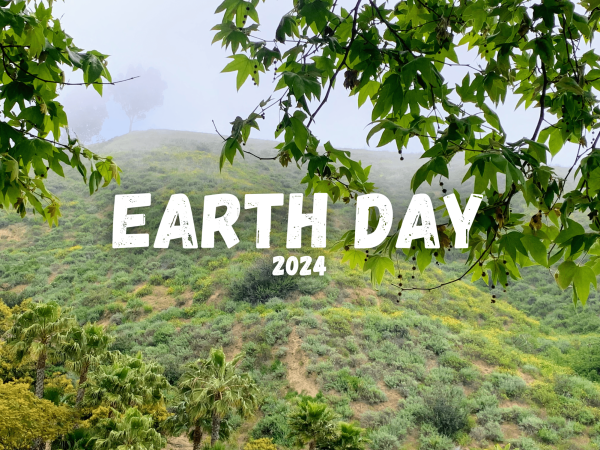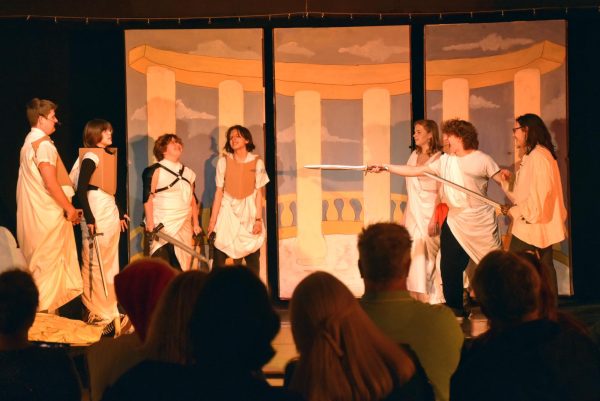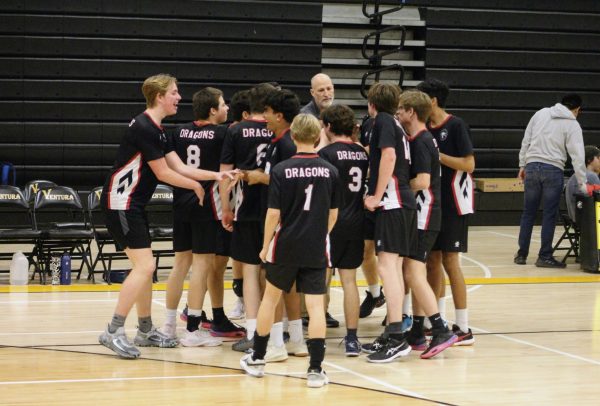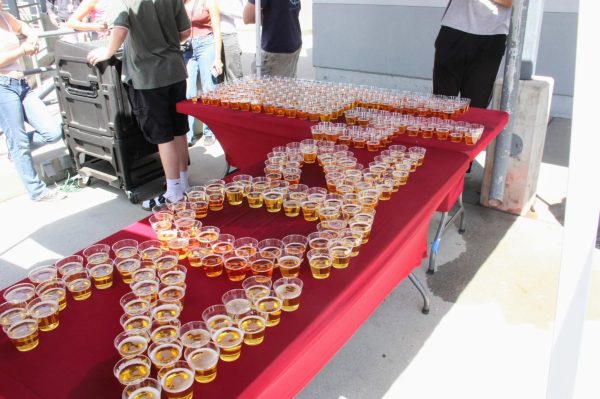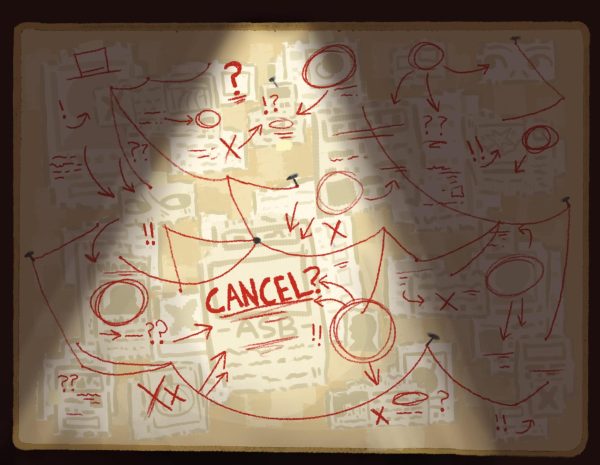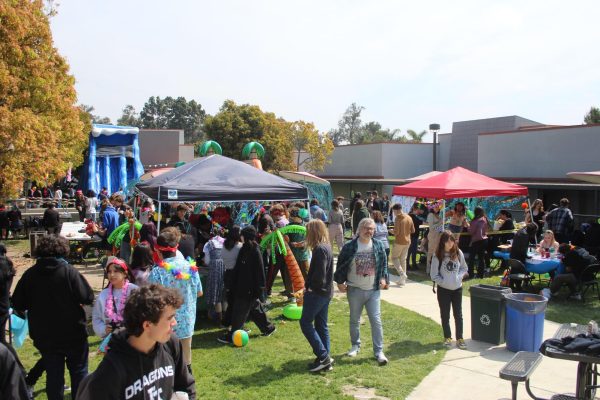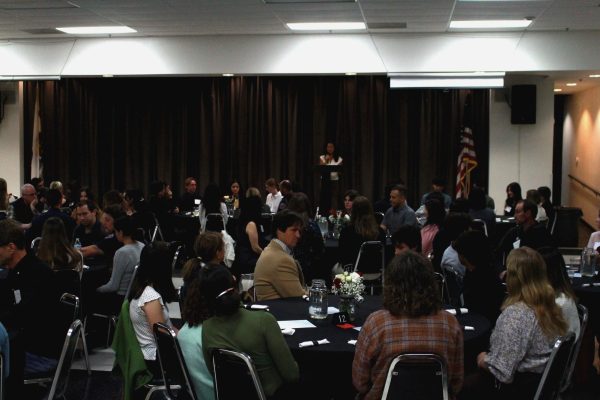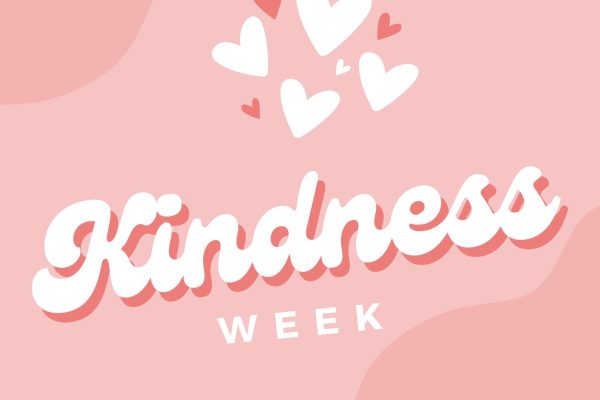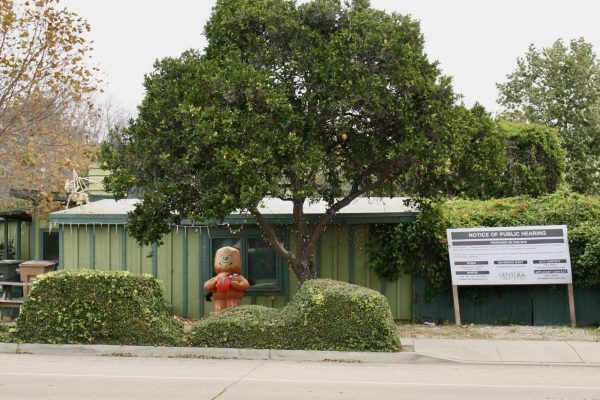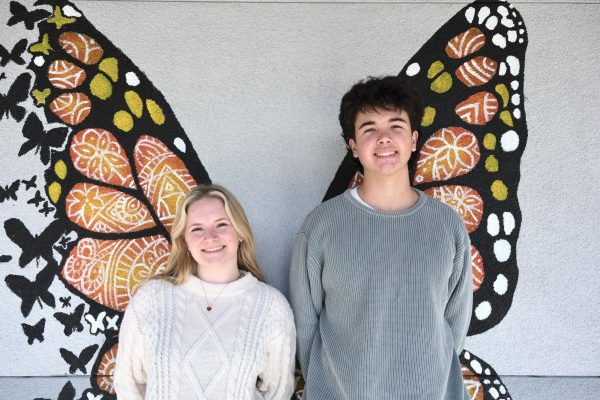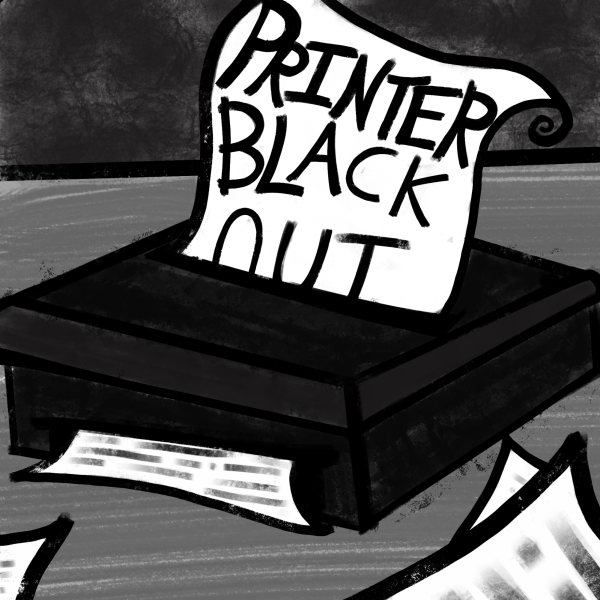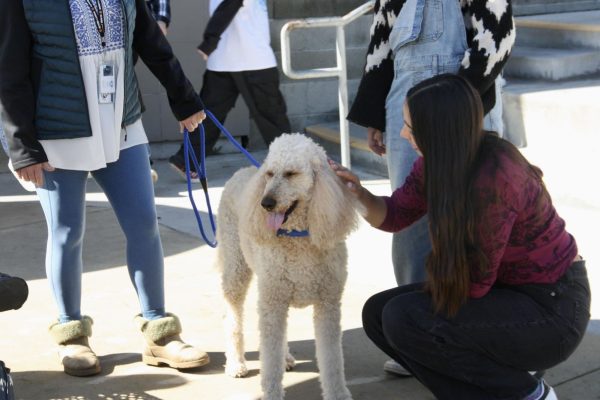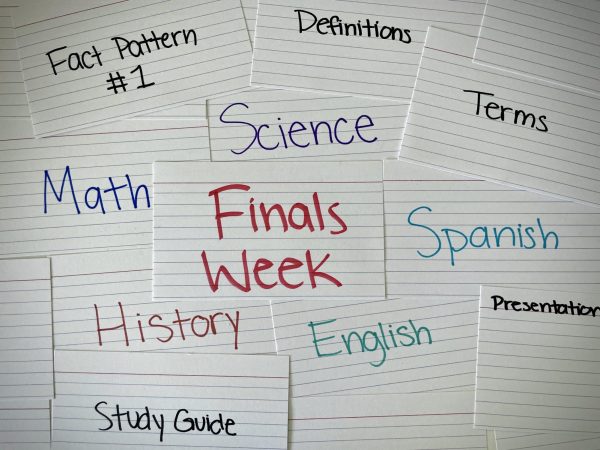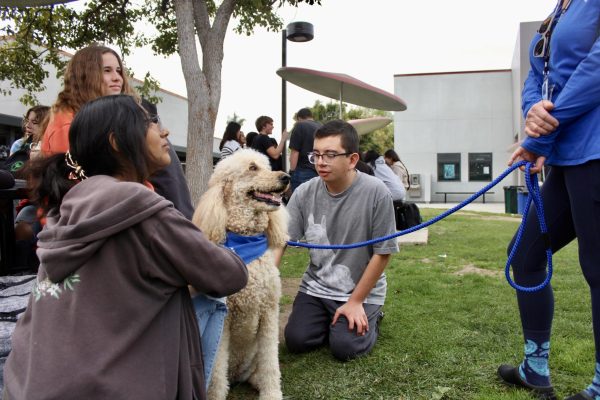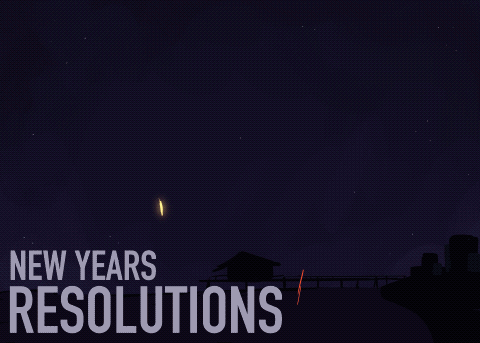Bioscience pushes for an AED, one is installed
May 8, 2019
4“Get an AED.”
Two years ago, this is what the 911 dispatcher directed Jackie Fregoso ‘18 to do. However, there was no AED nearby.
In her Junior year, Fregoso’s seat partner lost consciousness and collapsed during class. She immediately called 911 where she was recommended to use an automated external defibrillator (AED) to help her seat partner. Knowing that there wasn’t an AED on campus, she dispatched one of her friends to quickly grab the AED from the Mavericks Gym down the street; however, because of liability issues, she was accompanied by an adult back to the school only to find an ambulance had already arrived.
There was no need to worry, however, as there are many Bioscience students on campus that have had training with an AED and retain the skills to use it. Additionally, according to Bioscience Coordinator Mika Anderson, “it’s easy to [use an AED],” partially owing to the fact that the AED has audio instructions on how to use it.
https://vimeo.com/335047609
Now, with California Assembly Bill No. 2009, Ventura Unified School District (VUSD) is allowing Foothill to have an AED on campus. This new piece of legislation certifies that an AED device is required to be available for athletic events on campus. Though it doesn’t host athletic events, Foothill was allowed to have an AED on campus as a precaution to prevent future emergencies like the one that happened two years ago.
On May 6, 2019, an AED was officially installed on campus. It is located in the health office, where, according to Mr. Bova, “anyone who has the training and is authorized to use [the AED]” will be able to use it.
So what is an AED? An AED is a device that can be used to attempt to reset the heart. If someone’s heart has stopped, an AED can be used to administer a shock and hopefully re-establish a normal heartbeat.
Anderson believes that data about AEDs shows its effectiveness.
“If an AED is used within one minute of the heart stopping, their survivability rate is something like 90%,” Anderson explained. “On the flip side, not having an AED, it could be as low as a 5% survivability rate. That’s the extreme.”
Anderson continued “Most people range around 25%-30%.” Additionally, the survivability rate, “drops for every minute that lapses by 10%,” furthering the need for easily accessible AEDs.
Teachers at Foothill have been trained in both AED and CPR, thanks to the Bioscience program. So, if the need arises, Foothill teachers should know what to do. Additionally, both the Nurse Technicians and all Bioscience students that have gone through MedTech (juniors and seniors) know how to use an AED, leaving no shortage of people capable of using the AED on campus.
The district allowed Foothill to have an AED, but are not going to pay for the AED. That burden fell to Foothill’s chapter of HOSA-Future Health Professionals club, the Bioscience leadership team, who fundraised for the AED which came with a price tag of around $1,500 to $2,000.
So, take heart. With an AED on campus, situations like the one that Fregoso found herself in should be much more easily remedied.

